When we talk about profitable dropshipping niches, we think of dropshipping niches that require zero to low investment. Dropshipping is not the same as before since it’s 2025, there’s a lot of fierce competition out there. But that doesn’t mean you can’t succeed and win big. You have to be smart about what you sell.
Here’s a guide to the most profitable dropshipping niches 2025 has to offer.
How to Find the Most Profitable Dropshipping Niches
You first have to understand market demand and what competition you're facing before picking a dropshipping niche. Good research is the first step to making any informed decision. Meta's audience insights can help you uncover niche dropshipping markets and trends. You can also use WhatsApp demographics, explore Facebook page likes, and check your YouTube analytics to see what audiences are looking for and not.
Another quick way to find out your profitable dropshipping niche is to do keyword research. For example, if you're in fitness and nutrition, you can type in keywords in Meta's search bar and it will show you a list of items people are actively searching for.
Google Keyword Planner
Google's Keyword Planner makes their search volumes publicly available. You can type in words and phrases and the tool will tell you what people are searching for every month. It's incredibly useful if you're planning to start a dropshipping store.
Google Trends
Google Trends is another free tool we recommend, and it offers stuff Google's Keyword Planner misses out on. You can view search interest over time for dropshipping niches. It helps you find growth and decline in search volumes and is great for tracking popular dropshipping trends. You can get a snapshot of the most popular queries coming up online. Focusing on these terms can help you figure out what kinds of products to sell to your clients.
Use the Alidrop App
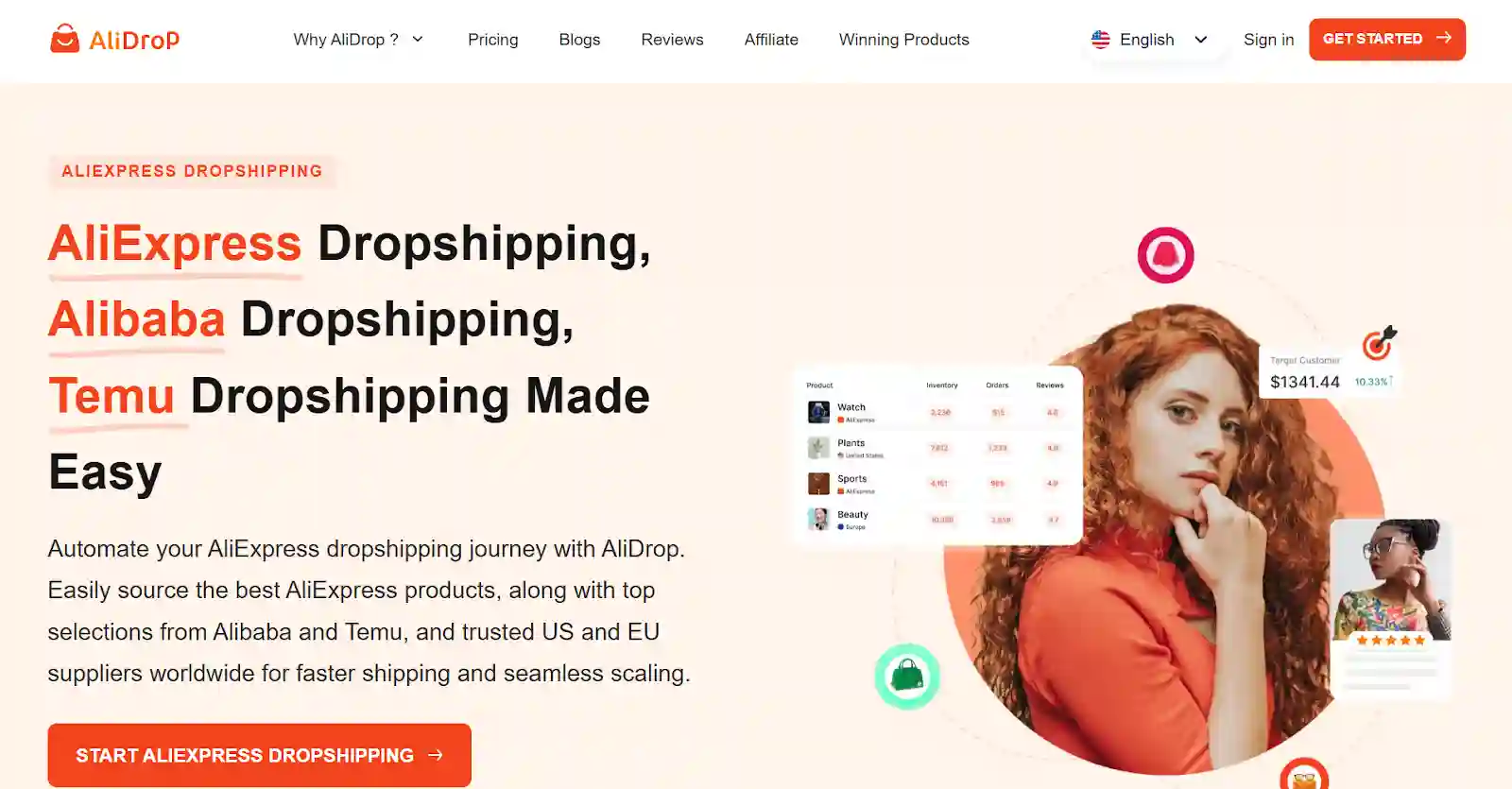
Alidrop is a great app that helps you find profitable dropshipping niches in 2025. Alidrop offers complete dropshipping automation solutions for your business needs. It offers custom branding, automated inventory management, one-click product imports, and 24/7 VIP customer support. Alidrop also integrates with major e-commerce platforms like Shopify, eBay, and Amazon. You can use Alidrop’s filters to find the best US and EU dropshipping suppliers based on your location, for the niche you want. There is also the Alidrop Product Analyzer which we recommend. It’s an AI-powered tool that helps you identify the most high-demand products for dropshipping stores. You can narrow down by profit margins, price ranges, niche demand, and so many other metrics. Overall, Alidrop is perfect for AliExpress, Alibaba, and Temu dropshipping.
Red Flags in Dropshipping Niches
Not every niche worth researching is worth pursuing. Here’s why:
- Watch for declining search trends on Google Trends—if interest is dropping, demand is drying up. Skip niches with extremely cheap products under $5. Shipping costs eat your profit.
- Avoid niches where all top competitors run heavy ads. If ads are expensive, margins suffer fast.
- Don't pick niches with frequent returns or high quality complaints.
- Check reviews for products you're considering. If they're full of complaints about durability or fit, your store will face the same problems. Products requiring physical fitting, like shoes or complex equipment, create headaches. People return them often. Niche fatigue matters too.
- If you're bored by a niche, your marketing will show it. You'll lose motivation fast when sales slow. Pick something you can genuinely care about long-term.
Most Profitable Niches in Dropshipping
Here is the list of the most profitable niches in dropshipping for 2025:
Bath and Beauty

The bath and beauty niche is one of the most consistent money-makers in dropshipping. People spend on skincare, makeup, and personal care year-round. This category has high margins and repeat customers who come back for products they like. Start by finding specific sub-niches within bath and beauty. You can sell Korean skincare, luxury face masks, or niche products like charcoal soap or essential oil diffusers. Broad products like generic body wash won't stand out. You need to pick a specific angle.
Look at what's trending on TikTok and Instagram. Bath bombs, sheet masks, and lip care products get views. Check if these items have decent search volume on Google Trends. If you're seeing upward trending arrows, that's a good sign people want them.
Your margins in bath and beauty run higher than most niches. Cost per unit stays low when you buy from suppliers, so your profit room widens. A product you buy for $2 can sell for $12-$15. That's real room to market and still profit.
The challenge is shipping costs and product fragility. Liquids and glass jars cost more to ship. You may need to source products from closer suppliers to cut shipping fees. EU suppliers often work better for European customers. US suppliers work better for North American markets.
Pet Supplies

Pet owners spend serious money on their animals. This niche has room to grow because pet parents view their pets as family. They'll pay for quality items that make their pets happy. Focus on specific pet types instead of selling everything. You could niche down to cat toys, dog training gear, aquarium supplies, or bird accessories. The narrower your angle, the easier you can market to that group.
Dog treats and toys have high demand. Cats need scratchers, beds, and interactive toys. These are consumables, so repeat purchases happen naturally. A customer buying a cat scratcher today might need a new one in six months.
Shipping costs can hurt your margins here. Heavy items like dog beds or cat trees get expensive to ship. Look for lightweight options that still offer good profit margins. Collapsible water bowls, rope toys, and training treats work well.
Pet supplies have seasonal spikes. Back to school season sees pet owners buying new toys to keep pets occupied while they're busy. Winter months bring demand for pet beds and heated pads. You can plan inventory around these peaks.
Seasonal Products
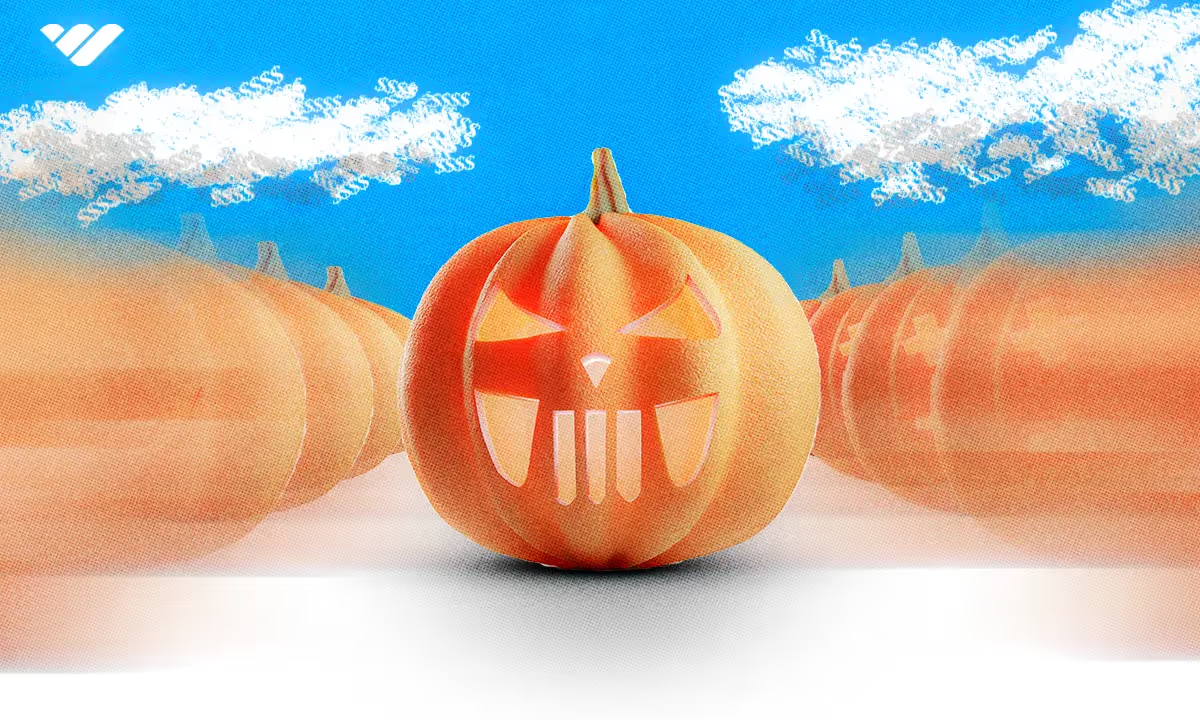
Seasonal niches let you rotate inventory throughout the year. You're not stuck selling one product line forever. This keeps your store fresh and your audience engaged with new items every few months.
Halloween and Christmas are the big revenue months. October sees huge demand for Halloween decorations, costumes, and party supplies. December is dominated by Christmas ornaments, lights, and gift items. These two months can make up a third of your annual revenue.
Valentine's Day, Easter, and Fourth of July all have their own seasonal bump. Spring garden supplies, summer patio items, and fall decorating products fill the gaps between major holidays. You can plan inventory drops around these dates. The benefit of seasonal products is lower competition in specific time windows. When it's July, Halloween sellers aren't flooding the market. This gives you room to rank for keywords and get visibility before competition ramps up.
Plan your buying strategy by working backward from holidays. If Christmas is December 25, you need inventory by September. Lead times from suppliers run 30-60 days sometimes. Order early to avoid stock-outs.
Fitness Equipment
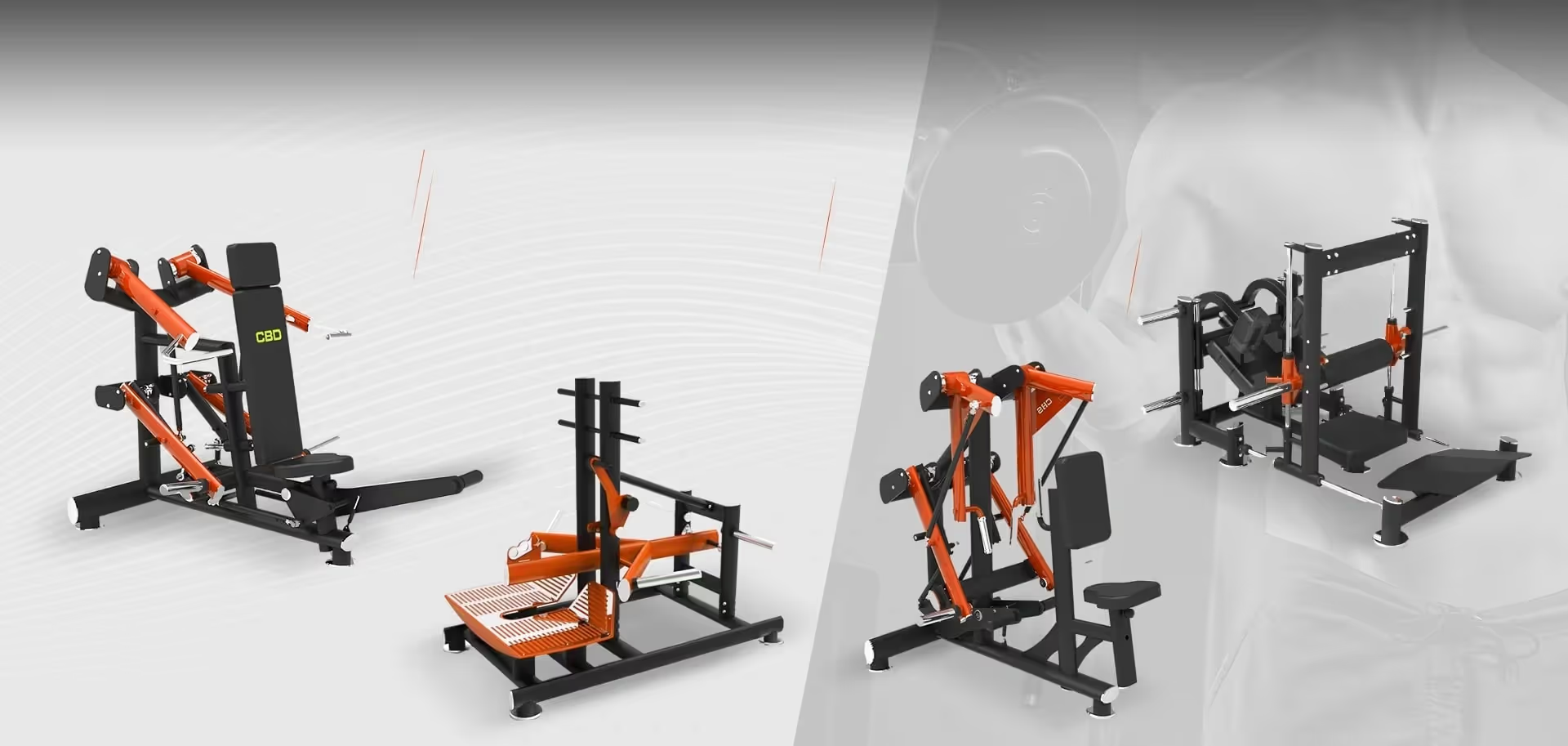
Home fitness stayed strong after people got used to working out at home. Resistance bands, yoga mats, and dumbbells continue to sell well. This niche has buyers who are actually motivated to get in shape.
Smaller equipment works better for dropshipping than large machines. Yoga mats, dumbbells, resistance bands, and workout accessories all ship easily. A $200 treadmill has shipping costs that eat into profit. A $20 resistance band set lets you keep solid margins. Niche down further if you can. Yoga enthusiasts want eco-friendly mats. Calisthenics athletes want pull-up bars and training equipment. Home gym starters need basic bundle deals. Pick your angle.
Fitness content creators are your best marketing channel. Send free samples to TikTok fitness creators and see if they'll demo your gear. One video from a fitness account can drive weeks of traffic.
Luxury Jewelry
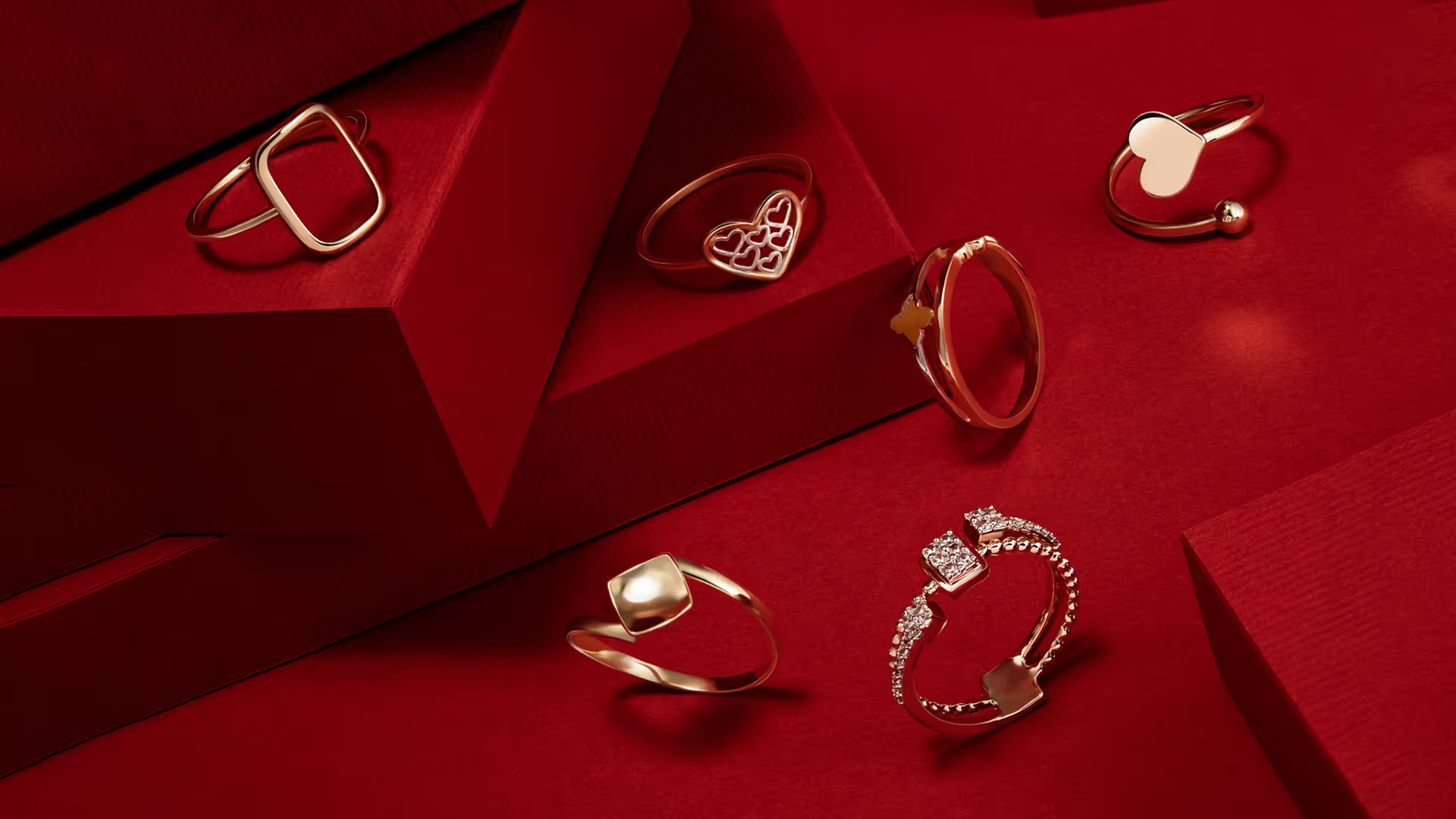
Jewelry sits in an interesting spot. Low weight means cheap shipping. High price point means serious profit margins. People buy jewelry for themselves and as gifts, so demand is consistent. Stainless steel jewelry, gold-plated pieces, and crystal accessories move regularly. Personalized jewelry like engraved bracelets or birthstone rings appeal to buyers looking for something unique.
Couple's jewelry is its own mini-niche. Matching bracelets, rings with complementary designs, and his-and-hers watches all sell well. Engagement season (around Valentine's Day and the holidays) sees spikes in sales.
The trick with jewelry is quality perception. Buyers worry about tarnishing, allergic reactions, and durability. Source pieces from suppliers with good reviews. Describe materials clearly in your listings. If it's hypoallergenic or tarnish-resistant, highlight that. Photography matters for jewelry. Bad photos make expensive jewelry look cheap. Good lighting and clean backgrounds let the pieces shine. Consider hiring a product photographer or learning basic jewelry photography yourself.
Jewelry has flexible margins. A piece that costs $3 to source can sell for $20-$30 depending on the style and presentation. That's enough room for ads and still profit well.
Frozen Food and Nutritional Supplements
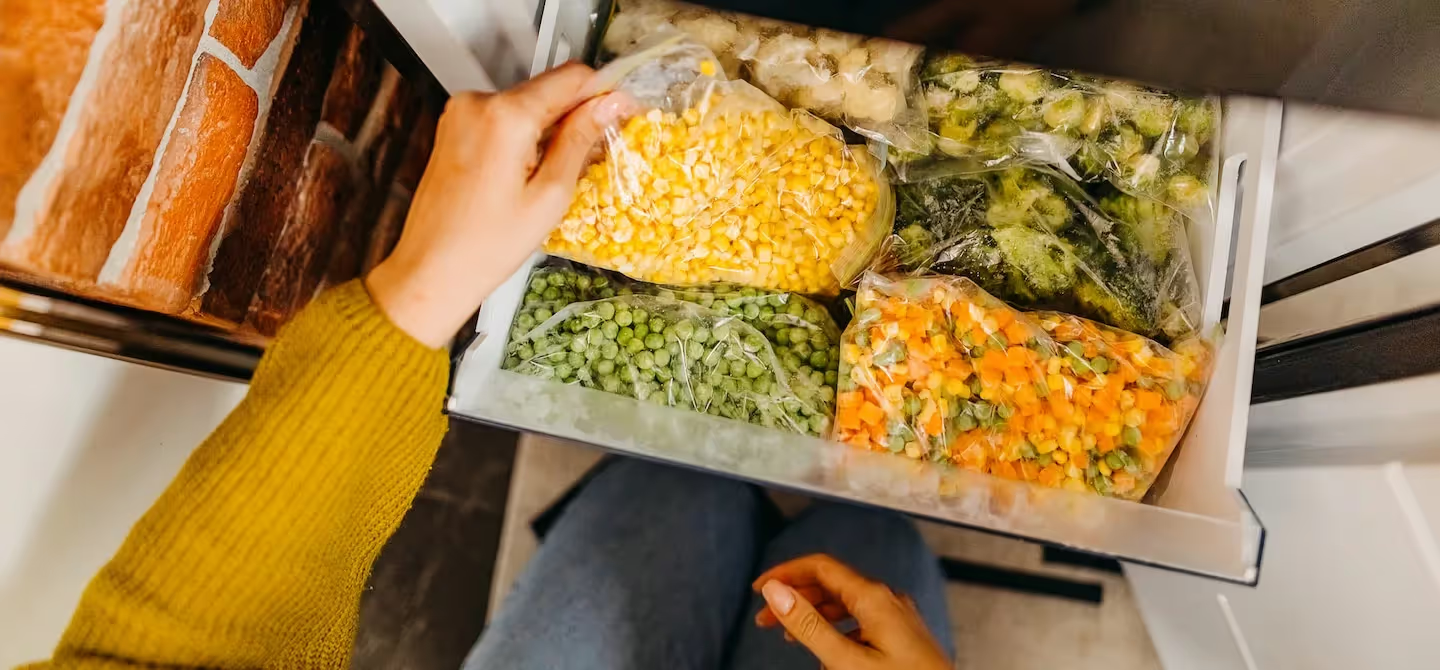
This niche splits into two parts: frozen food and supplements. Frozen food includes specialty items like meat replacements, diet meals, or gourmet frozen snacks. Supplements cover vitamins, protein powders, and workout nutrition.
Frozen food has a unique challenge: shipping. Most frozen items need insulated shipping with dry ice. This adds cost. However, people will pay for premium options. Keto diet meals, vegan protein alternatives, and specialty snacks command higher prices. Work with suppliers who handle frozen logistics already. Some companies specialize in cold-chain shipping. Let them manage that piece while you handle sales and marketing.
Supplements have no shipping issues. Protein powder, vitamin gummies, and pre-workout drinks ship easily. Margins are solid. A tub of protein powder costs $5-$7 to source and sells for $20-$25. This niche is competitive, but specific sub-niches work. Vegan supplements attract vegans. Keto-friendly snacks reach low-carb dieters. Sports supplements target athletes. Pick your angle.
Health claims are regulated. Don't claim a supplement cures anything. Stick to standard language: "supports immunity," "may boost energy," or "designed for post-workout recovery." Read FDA guidelines before writing product descriptions.
Car and Gaming Accessories

Car accessories include seat covers, dashcam mounts, phone holders, and LED lighting. Gaming accessories cover controllers, headset stands, desk items, and RGB lighting. Car accessories have seasonal demand but also year-round sales. People buy seat covers to protect their interior. Phone holders prevent accidents. LED lights let them customize their car. Your average customer buys multiple items over time.
Gamers always want better gear. Mechanical keyboard switches, headset stands, monitor arms, and cable management solutions all sell. Streamers and content creators drive demand for gaming aesthetics like RGB lighting and branded gear.
Gaming has a big advantage: YouTubers and Twitch streamers promote gear. Send samples to small streamers. Many will demo products for their audience. One video from a growing streamer can send traffic for months.
Both niches benefit from niche targeting. Car guy communities exist on Facebook and Reddit. Gaming communities are everywhere online. You can find your audience and market directly to them.
Arts and Crafts Supplies
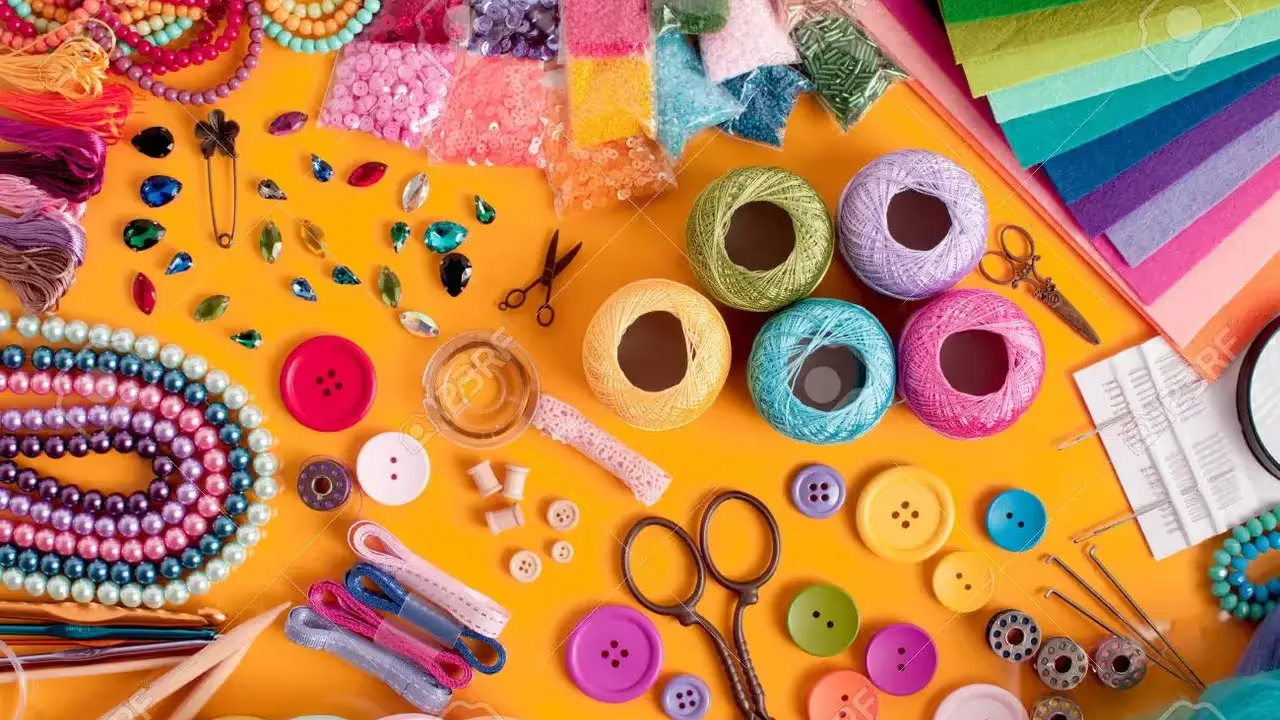
Crafting has exploded as a hobby. People stress-buy. They do projects at home. They gift handmade items. All of this creates demand for supplies. Watercolors, sketchbooks, and drawing sets attract artists. Knitting and crochet supplies serve a huge community. Scrapbooking materials reach a dedicated niche. Diamond painting kits became surprisingly popular and continue to sell.
Your margins work well here. You can sell art online like a pro. Art supplies cost little to source but sell at good markups. A set of watercolors costs $1 to buy wholesale and sells for $8-$12. Target specific sub-communities. Crocheters have Facebook groups. Diamond painting fans have Facebook groups. Artists have communities. You can find and reach your exact audience.
Beginner kits work well for gift buyers. Someone buying a gift for a non-crafter needs a complete set with instructions. Package items to appeal to someone just starting out. Include guide booklets or access to tutorial videos if you can.
Eco-Friendly Products
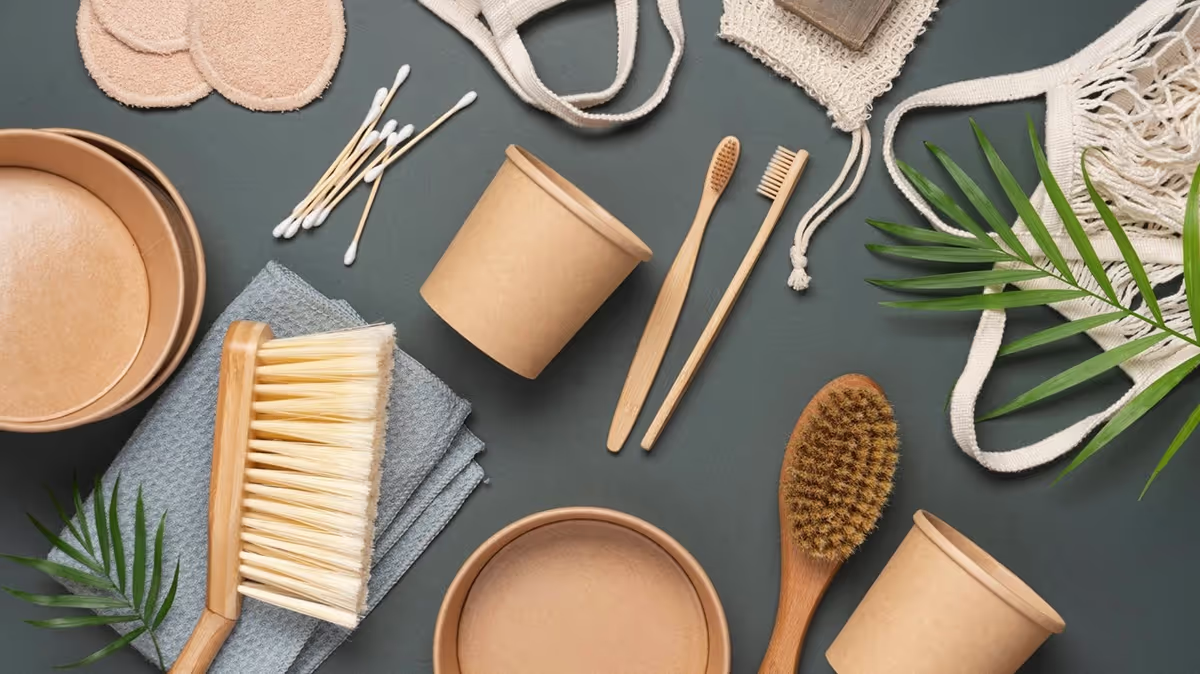
Consumers increasingly choose sustainable options. This niche covers reusable bags, bamboo products, recycled items, and low-waste alternatives. Reusable shopping bags, water bottles, and food containers all sell well. Coffee cups with lids, bamboo utensil sets, and stainless steel straws appeal to eco-conscious shoppers. People use these daily, so they notice quality.
Margins are solid. A bamboo cutting board costs $2 and sells for $12-$15. A stainless steel straw set costs $1 and sells for $8-$10. Your marketing angle is clear: help customers reduce waste. Show the problem (single-use plastics piling up) and your solution. Before-and-after comparisons work. Show a regular person making the switch to your products.
This audience researches purchases. Write clear descriptions about materials, sourcing, and lifespan. Tell them how long products last and why they're worth the cost. People buying eco-friendly items accept higher prices if the sustainability story checks out. Partner with environmental nonprofits or eco-bloggers. They reach your target market already. Affiliate arrangements or sponsorships let you tap into their audience.
Office Supplies and Maternity Products

Office supplies include desk organization, ergonomic gear, and productivity tools. Maternity covers clothing, pillows, and baby preparation items. Office supplies appeal to people working from home. Desk organizers, monitor stands, ergonomic chairs, and lighting all improve workspace quality. Remote workers buy more office gear than office workers ever did.
Niche down within office supplies. Focus on standing desk accessories, cable management, or minimalist desk organization. This approach gives you clearer messaging than selling generic office junk. Maternity products reach pregnant people and first-time parents. Maternity pillows help with sleep. Pregnancy clothing adapts as bodies change. Baby preparation items like strollers, car seats, and crib gear sell strongly.
Maternity is emotional. First-time parents are anxious and want products that help them prepare. Clear descriptions matter. Explain how your pillow helps with sleep or how your clothing adapts through trimesters.
Parenting and motherhood channels reach expecting parents constantly. Someone buying an ergonomic pillow is doing so because current options didn't work. They've likely tried other products. Your product needs to deliver on promises.
Hobby and Collectibles
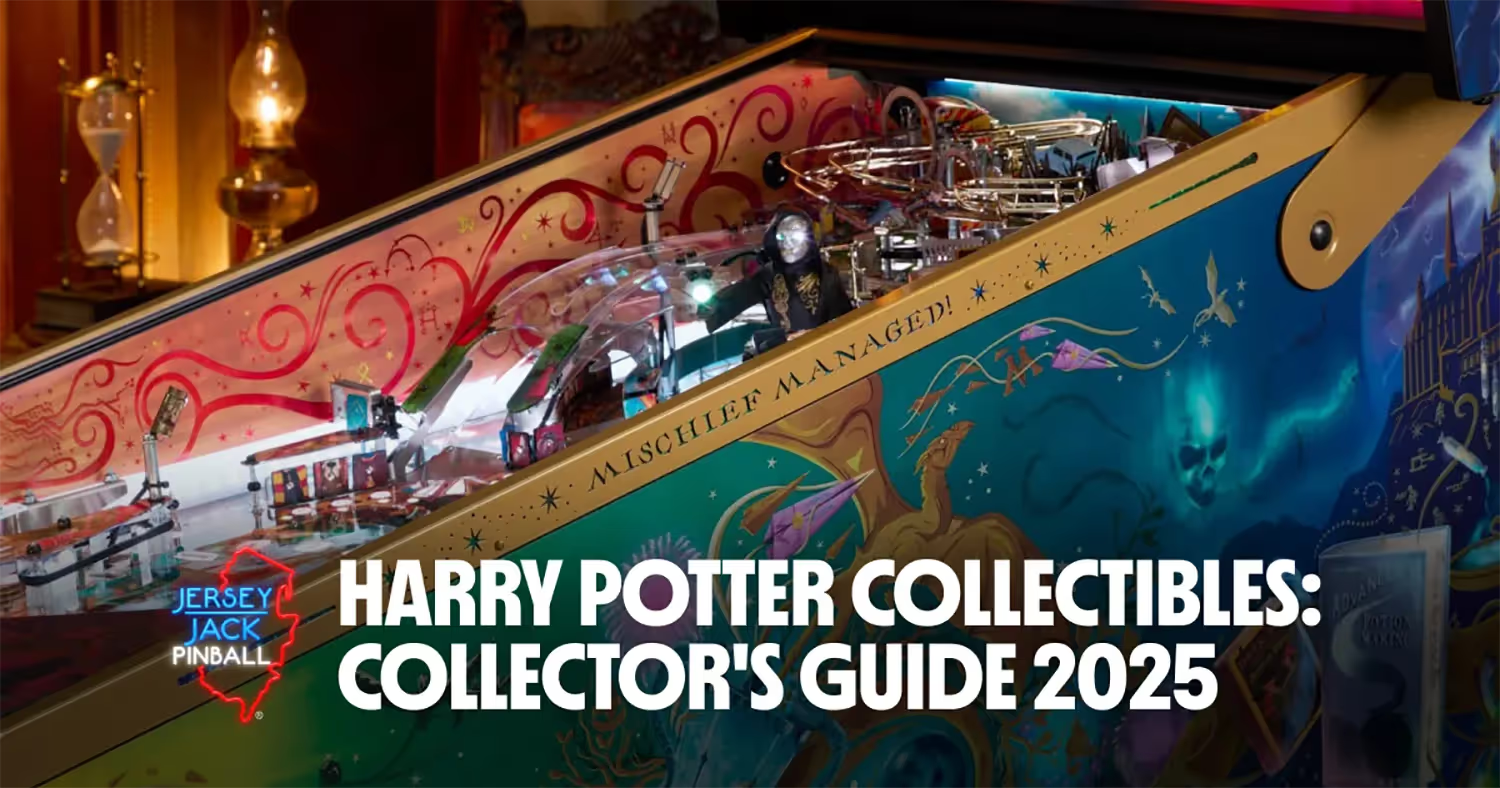
Collectors spend consistently on their interests. Trading card sleeves, storage boxes, and display cases sell year-round. Model building supplies, miniatures, and board game expansions reach dedicated communities that track new releases.
Dice collections are huge. Tabletop gamers buy specialty metal dice and dice trays. Collectors buy dragon dice, gemstone dice, and rare sets just to own them. Margins run 2-3x on dice products. These communities are tight-knit and online. Find Facebook groups, Reddit communities, and Discord servers for your hobby. Sponsor giveaways or send samples to popular YouTubers in that space. One unboxing video reaches your whole audience.
Target specific hobbies rather than selling all collectibles. A store for Pokémon card collectors will outperform a store selling random hobby items. People want to know you understand their passion.
Outdoor and Camping Gear

Outdoor enthusiasts spend on gear they trust. Camping equipment, hiking accessories, and fishing supplies all have loyal buyers who return repeatedly for upgrades and replacements. Focus on portable and lightweight items. Camping pillows, sleeping bag liners, cooking utensils, and compact stoves ship easily. Avoid large tents unless you can source from suppliers with good logistics.
Spring and summer see camping spikes. Back-to-school pushes outdoor family trips. Fall brings hunting and hiking season. Winter quiets down except for holiday gift buyers.
YouTube outdoor channels drive massive traffic. Camping channels, hiking content, and survival creators all demo gear constantly. Send samples to channels with engaged audiences. Outdoor people trust recommendations from content creators they follow.
Conclusion
Picking a profitable niche comes down to finding something you can source cheaply and sell to people who actually want it. Research demand with free tools. Start with products you can test yourself. Track what sells and what sits. Scale what works. Most successful dropshipping stores aren't built overnight. They're built by testing, adjusting, and sticking with what converts.
Profitable Niches FAQs
What's the best dropshipping niche for beginners?
Start with niches you understand personally. If you use fitness gear, try fitness equipment. If you have pets, try pet supplies. You'll write better marketing and spot quality issues faster when you know the products. Avoid overly competitive niches like phone cases or generic jewelry.
How long does it take to make money in a dropshipping niche?
Most stores see first sales within weeks if you market properly. Real profit usually takes 2-4 months while you optimize pricing and ads. Some niches are faster depending on competition and traffic. Patience matters more than raw speed here.
Can I sell products from multiple niches in one store?
You can, but it dilutes your message. Stores with clear focus outrank stores that sell everything. Create separate stores for very different niches instead of mixing seasonal products with fitness gear.
How do I know if a niche is oversaturated?
Check Google Trends to see long-term search interest. Look for declining trends. Try finding suppliers who still stock items. If suppliers are dropping products, demand is falling. Check for cheap ads from competitors—if ads cost too much, margins suffer.
Should I copy competitors' products and descriptions?
Don't copy descriptions directly—that's plagiarism and tanks SEO. Study competitor products and their angles. Write your own descriptions from scratch. Your unique angle matters more than their wording.
What profit margins should I expect per niche?
Most niches let you buy products at 60-80% below retail price. Aim for 2-3x markup minimum to cover ads, returns, and overhead. Some luxury niches hit 4-5x markup. Calculate backward from your ad spend to know if margins work.























